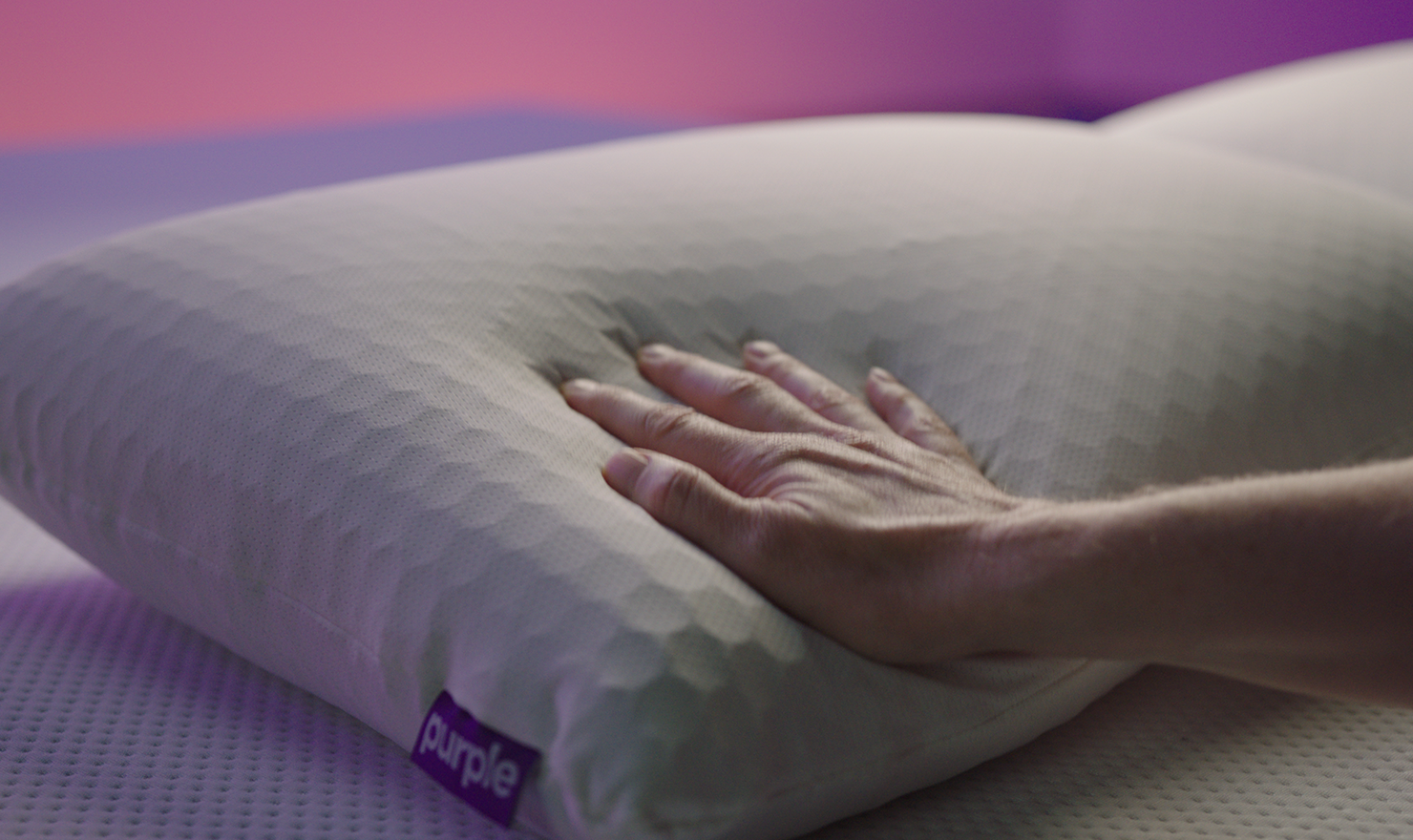Alpaca Duvet Insert | Avocado Green Mattress®
Alpaca Duvet Insert is the height of natural luxury, with 100% GOTS organic certified cotton filled with 100% natural alpaca fiber.
To create a more luxurious Duvet Insert, we fill a 100% GOTS organic certified cotton percale case with natural alpaca fiber, available in two weights — all season and lightweight. Sourced from the Peruvian Andes, our alpaca fiber is renowned for its supreme breathability, wicking, and thermoregulating properties. Our Alpaca Duvet Insert pairs perfectly with our Organic Linen Duvet Cover or our Organic Cotton Duvet Cover.
Additional information
| Twin Lightweight | 91" x 70", 5.5 lbs |
|---|---|
| Full/Queen Lightweight | 96" x 92", 7.6 lbs |
| King/California King Lightweight | 107" x 96", 8 lbs |
| Twin All Season | 91" x 70", 6.2 lbs |
| Full/Queen All Season | 96" x 92", 8.6 lbs |
| King/California King All Season | 107" x 96", 10.5 lbs |






by Sara
This is the most comfortable mattress I have ever slept on. No horrible chemical smell to worry about. I love the duvet insert. I have a bad back but this bed is just the right combination of firmness with Support that isn’t too harsh. I love it.
by Linh
Wow, I was skeptical about these products but have now converted to a huge believer! This blanket kept the perfect temperature throughout the night and I slept like a baby. Up until we bought this blanket, I was waking up every 4-5 hours with our prior Cozy Earth duvet (also $150 more expensive). However, since the first night we used the avocado wool blanket, I’ve slept 8 hours straight!! The temperature control was so perfect for our Colorado winters.
by Anna
The weight feels really nice and is really nice to sleep with. The duvet moves around a lot within the duvet cover because the corner tie straps are far off the corner of the duvet. If it stayed put I would give it 5 stars.
by Stephanie
Obsessed with this and some of the other products I ordered. Only wish I would have ordered them a long time ago. The difference is dramatic compared to our old bedding!
by Margaret
Absolutely love the insert but got the heavyweight since my husband and I live in CT and we just keep waking up so sweaty. We keep the house at 58 in the night and this is still too warm for us. Yet, I love it so much that I am returning to get the lightweight one once it’s back in stock.
by Laurie
This is a beautifully made wool version of a duvet. It’s quite comfortable, not heavy on the body. It provides more warmth than my down comforter, which this was to replace. Using this during colder winter months will be the right timing for Northern California to capture the most restful sleep.
by Deborah
I love the alpaca duvet insert, it is warm, a very nice weight, and soft. I find the size is generous and fits my king size bed well. I am not fighting with my husband for the blankets any more. I sleep very soundly as a result. We both feel it was worth the money we paid to purchase.
by Laura
We got the all seasons version. I love the weight, the sweet smell, fluffy goodness, and the warmth of this amazing duvet insert. Easy to attach to covers. Stays put in cover. Will probably buy more in the future!